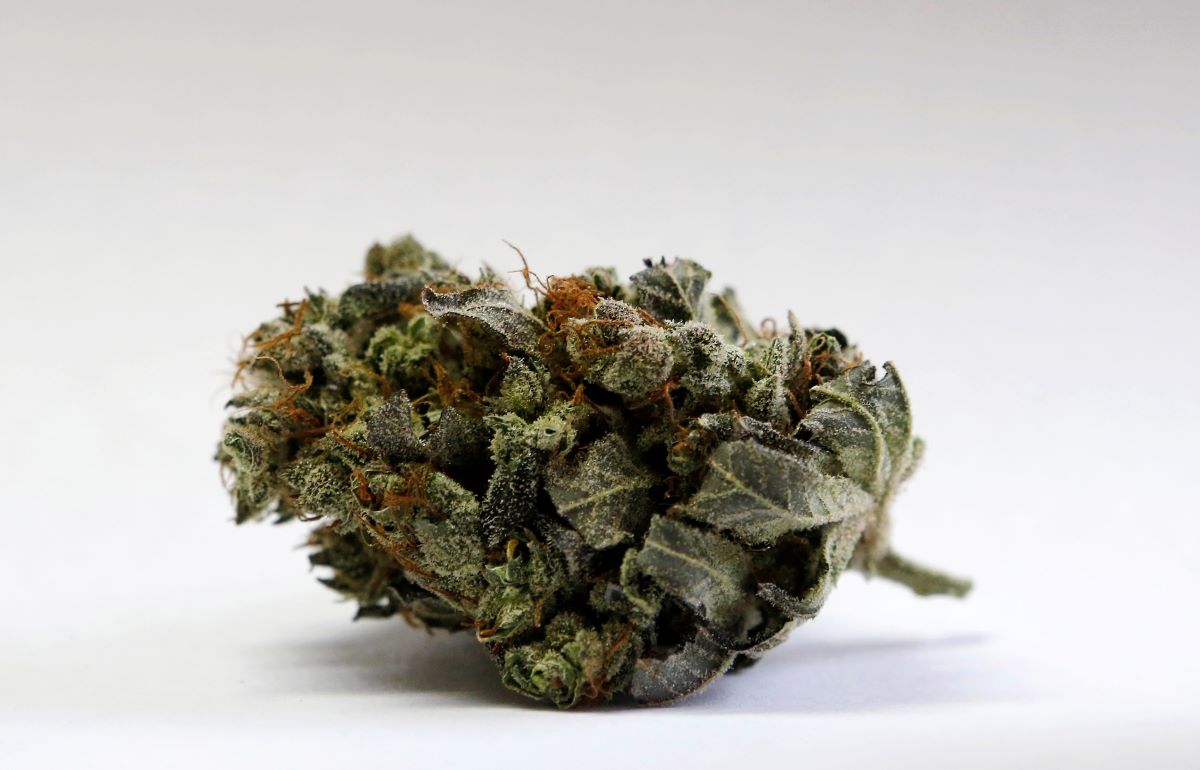
Marijuana testing has become a hot topic across various sectors, from employment to legal implications. With laws and attitudes shifting, understanding the ins and outs of this process is more relevant than ever. Whether for medical reasons, workplace policies, or legal matters, knowing how marijuana testing works can clear up confusion and help individuals navigate their responsibilities and rights. This post aims to demystify the process, offering 30 facts about marijuana testing that cover its methods, detection times, and factors affecting test results. From athletes to job applicants, everyone has something to learn about how marijuana testing impacts different aspects of life. Let's dive into these enlightening facts, shedding light on a subject that affects millions worldwide.
What is Marijuana Testing?
Marijuana testing is a process used to detect the presence of THC (tetrahydrocannabinol) and other cannabinoids in the body. This can be done through various methods, each with its own accuracy and detection window.
- Urine tests are the most common method for detecting marijuana use. They can detect THC for up to 30 days after use.
- Blood tests are less common but can detect THC within hours of use, up to a few days.
- Saliva tests are becoming more popular due to their non-invasive nature. They can detect THC for up to 72 hours.
- Hair tests can detect marijuana use for up to 90 days, making them the most extended detection method.
- Sweat tests involve wearing a patch that collects sweat over a period of time. They can detect THC for up to two weeks.
Why is Marijuana Testing Done?
Marijuana testing is conducted for various reasons, ranging from employment requirements to legal and medical purposes.
- Employment screening often includes marijuana testing to ensure a drug-free workplace.
- Legal cases may require marijuana testing to determine if someone was under the influence during an incident.
- Medical purposes include monitoring patients who use medical marijuana to ensure proper usage.
- Sports organizations test athletes to maintain fair competition and adherence to anti-doping regulations.
- Rehabilitation programs use marijuana testing to monitor progress and ensure compliance with treatment plans.
How Accurate is Marijuana Testing?
The accuracy of marijuana testing can vary depending on the method used and the timing of the test.
- Urine tests are generally accurate but can sometimes produce false positives due to cross-reactivity with other substances.
- Blood tests are highly accurate but have a shorter detection window, making them less useful for long-term detection.
- Saliva tests are accurate for recent use but may not detect marijuana use beyond a few days.
- Hair tests are very accurate for long-term detection but can be affected by hair treatments and external contamination.
- Sweat tests are accurate but less commonly used due to the inconvenience of wearing a patch for an extended period.
Factors Affecting Marijuana Test Results
Several factors can influence the results of marijuana tests, making it essential to consider these variables.
- Frequency of use affects how long THC stays in the body. Regular users may test positive for longer periods.
- Body fat plays a role because THC is stored in fat cells. Individuals with higher body fat may retain THC longer.
- Metabolism can impact how quickly THC is processed and eliminated from the body.
- Hydration levels can affect urine test results, as diluted urine may lead to false negatives.
- Type of marijuana used can influence test results, as different strains have varying THC concentrations.
Can You Beat a Marijuana Test?
Many myths and methods claim to help beat a marijuana test, but their effectiveness is often questionable.
- Detox drinks are marketed to cleanse the body of THC but may not be reliable.
- Synthetic urine can be used to substitute real urine, but it carries legal and ethical risks.
- Home remedies like drinking excessive water or cranberry juice have little scientific backing.
- Exercise may help burn fat cells containing THC, but it is not a guaranteed method.
- Time is the most reliable way to pass a marijuana test, as THC naturally leaves the body over time.
Legal Implications of Marijuana Testing
Marijuana testing can have significant legal implications, especially in regions where marijuana use is still illegal.
- Employment consequences can include job loss or not being hired due to a positive test.
- Legal penalties may be imposed for driving under the influence of marijuana.
- Parental rights can be affected, with positive tests potentially impacting custody cases.
- Probation and parole conditions often include mandatory drug testing, with positive results leading to legal repercussions.
- Insurance policies may be affected, as some insurers require drug testing for coverage eligibility.
A Final Word on Cannabis Screening
Navigating the world of marijuana testing can feel like a maze, but armed with these 30 facts, you're better prepared to understand the ins and outs. From the science behind detection times to the impact of legalization on testing policies, it's clear that this field is as evolving as it is fascinating. Whether you're an employer, employee, or just curious, knowing these facts ensures you're up to date in a society where cannabis plays an increasingly open role. Remember, staying informed is key in a landscape that's constantly shifting. So, keep these nuggets of knowledge handy; they're your compass in the ever-changing world of cannabis screening.
Was this page helpful?
Our commitment to delivering trustworthy and engaging content is at the heart of what we do. Each fact on our site is contributed by real users like you, bringing a wealth of diverse insights and information. To ensure the highest standards of accuracy and reliability, our dedicated editors meticulously review each submission. This process guarantees that the facts we share are not only fascinating but also credible. Trust in our commitment to quality and authenticity as you explore and learn with us.


